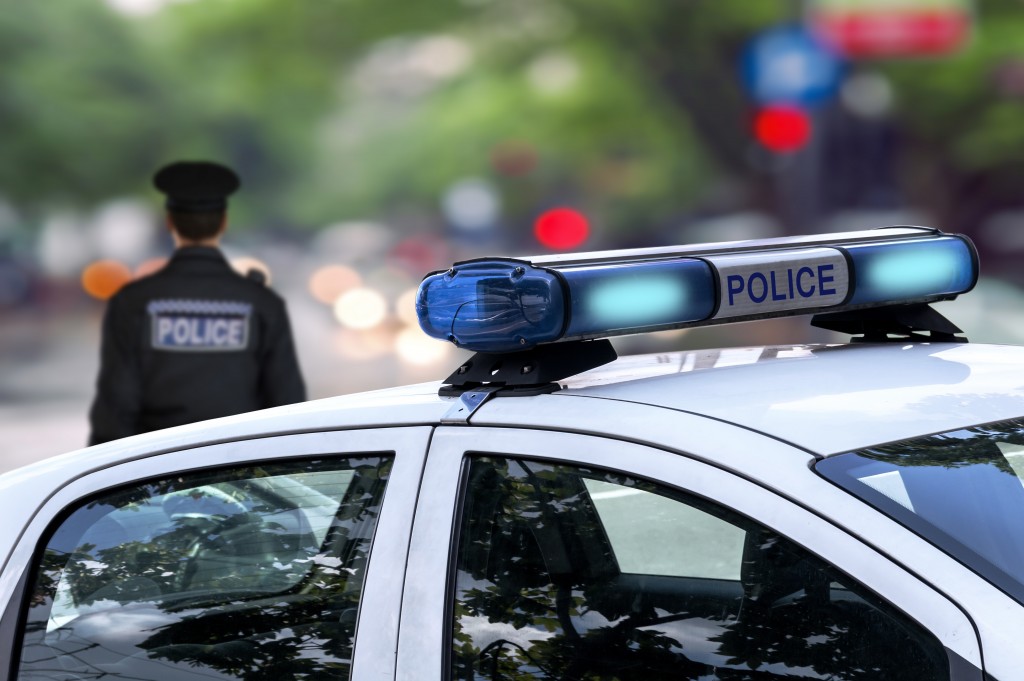To become a police vehicle, a car needs to be strong enough to withstand constant use, be fast enough to chase after suspects and be powerful enough to switch from idle to top speeds in a matter of seconds, among many other requirements.
While not all police cars are used for intense, high-speed chases, a unit should have most, if not all, of these upgrades:
1. Powerful alternator
Patrol cars usually spend all day idling or cruising at low speeds to keep watch on the community. For this reason, police cars need upgraded alternators that can keep the vehicle running for extended periods of time, as well as all of its attachments, such as police car lights, sirens, laptops, radio equipment, and other electronics.
2. High-performance engine
Most police departments use V6 engines for the majority of their fleet. This type of engine provides a good balance between performance and fuel economy. For the smaller percentage of police cars, V8 engines are used, which are stronger and more capable of high-speed chases.
3. Heavy-duty seats
The seats of a police car need to be heavy-duty in order to withstand wear and tear while keeping officers comfortable. They also need to be able to accommodate firearms, gun belts, and other police equipment for easy access.
4. Road armor
Road armor is often used for police cars to increase the vehicle’s durability, especially in intense situations. This also transforms the vehicle into a weapon because it allows the driver to ram it into the suspect’s car without causing too much damage to their own bumper. Moreover, road armor can make vehicles more suitable for off-roading, as in the case of police trucks and SUVs.
5. Upgraded cooler

Unlike regular cars, police cars need an upgraded cooler to withstand the extreme conditions that they are subjected to. Without upgraded coolers, the police car can quickly overheat and fail during operations.
6. Run-lock ignition
A lot of police cars use a run lock ignition, which lets officers keep the car idling without the key in the ignition (e.g., when inspecting a crime scene). In the case that the vehicle is stolen, the engine will be cut once the parking brake is used.
7. Reinforced suspension and brakes
Because police cars are heavier than civilian vehicles, beefed-up suspension systems and brake pads are necessary to make the vehicle easy to maneuver and safer to drive.
8. Bulletproof glass and steel plating
Bulletproof glass and steel plating in the seats are installed to protect officers from violent suspects in the backseat.
9. Special lighting
Lights inside a police car can also switch from white to red. This makes it easier on the officer’s vision when reading licenses during traffic stops, for example, because red light isn’t as harsh as white light during night time.
Police cars are essentially specialized machines that allow officers to do their work in the most efficient vehicle possible. Now that you know the upgrades that are on a typical police car, this should prove that you should never run from one.

